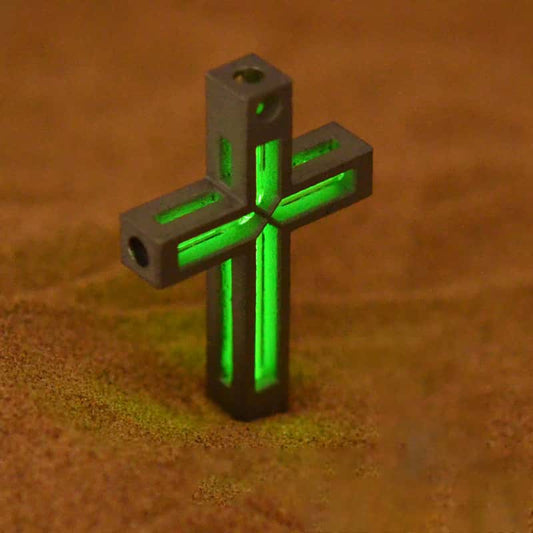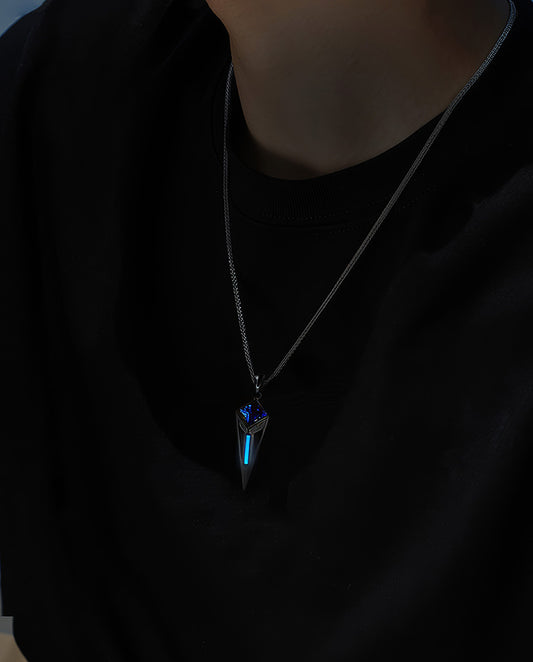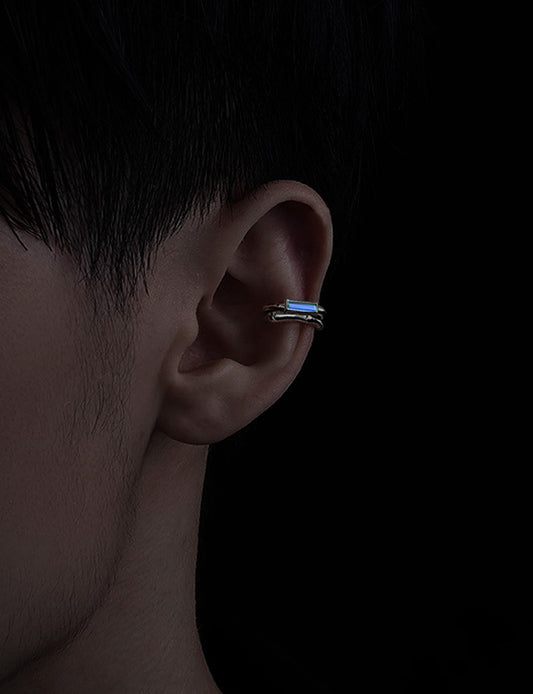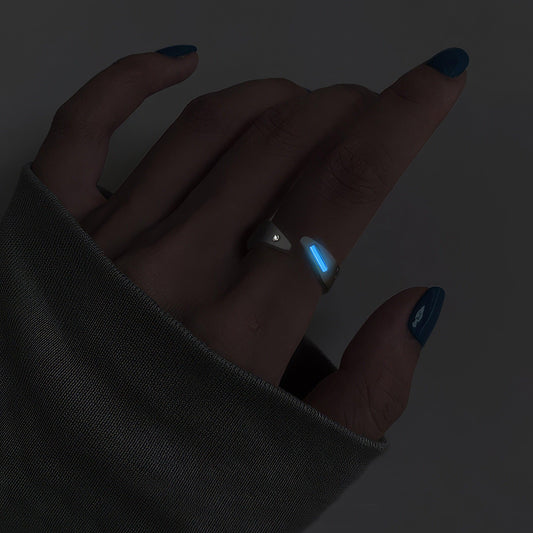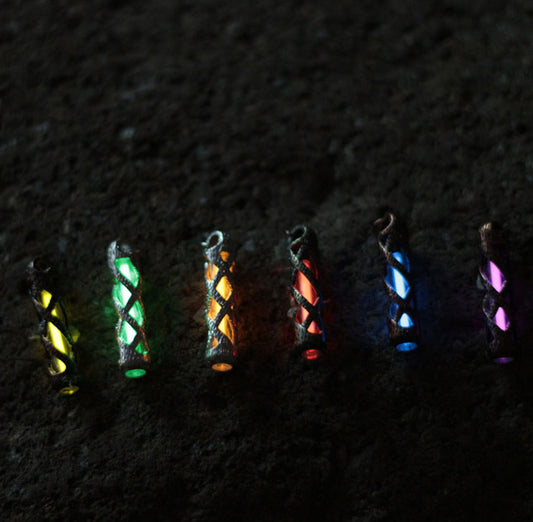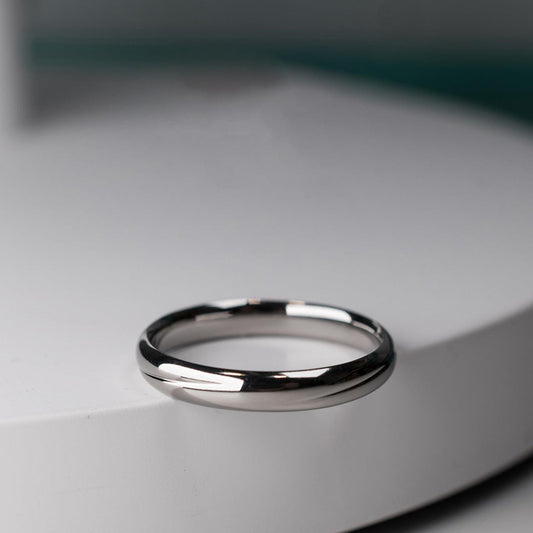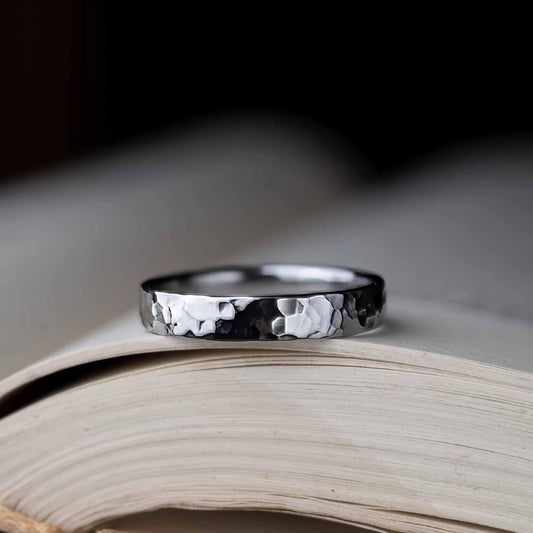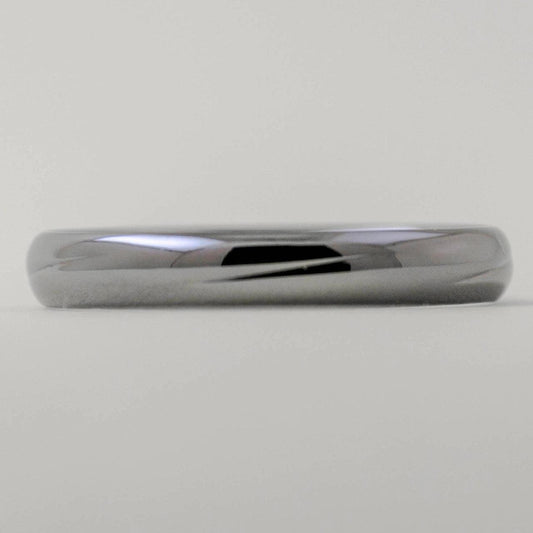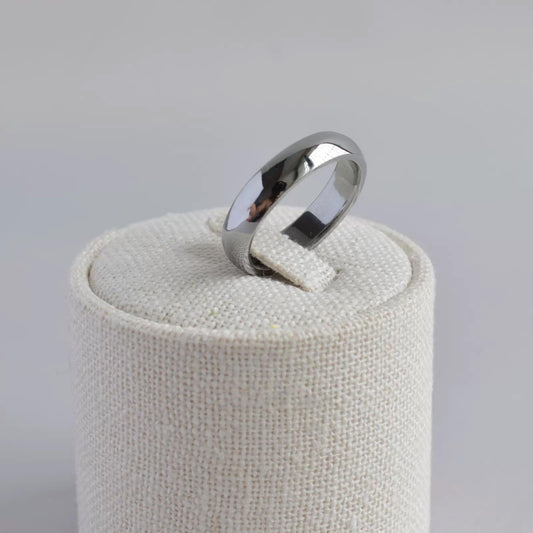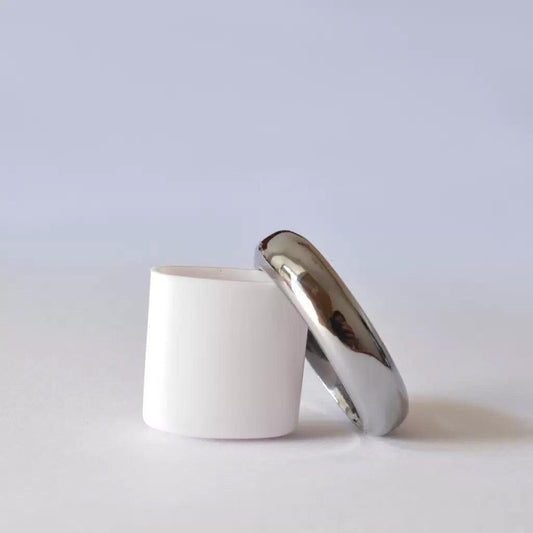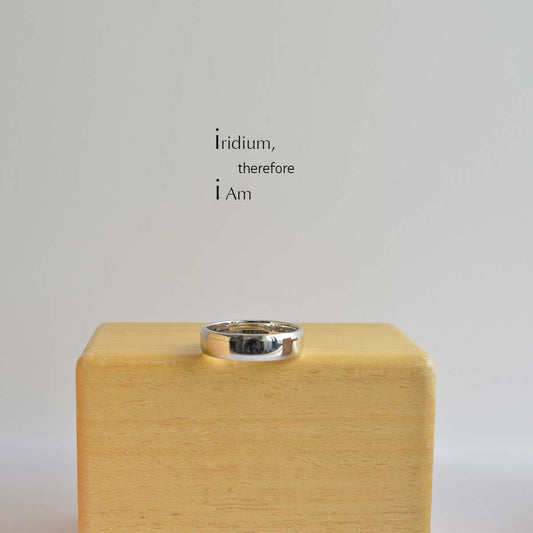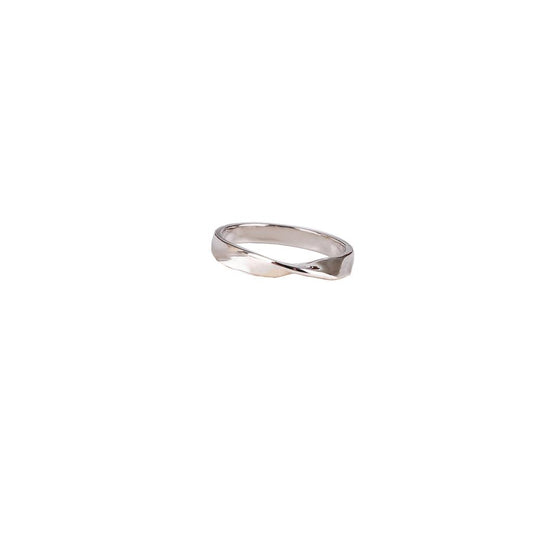The Meaning of Wedding Rings
The Meaning of Wedding Rings
In the flicker of candlelight at my cousin Emily's wedding, I watched a simple yet profound moment unfold—one that happens at weddings everywhere. Hand in hand with her new husband, Emily slipped a ring onto his finger. The moment was almost quiet, serene against the backdrop of music and celebratory chatter. It struck me, as I witnessed this exchange, how such a small object carries so much significance.
Wedding rings have been around for centuries, rooted deeply in tradition. The circle itself, an unbroken loop, symbolizes eternity—a fitting metaphor for a relationship that aspires to the same. Yet, it's not just about ancient symbolism. There's a tactile comfort in the weight of a wedding band, a reassurance that something solid grounds you to your partner.
Different materials have graced the fingers of newlyweds throughout history, each carrying its own significance and style. Gold, for instance, has been a long-time favorite. Its enduring shine and resistance to tarnish make it a popular choice. There's also something about gold that speaks to permanence—a reminder that love, like the metal, can withstand the tests of time.
Then there's the modern twist. Couples today often choose bands that reflect their unique personalities and stories. A friend of mine opted for a simple titanium band, preferring its rugged durability—a nod to his love of rock climbing and adventure. His wife chose something more delicate, a thin white gold ring with tiny embedded diamonds, representing clarity and strength. Together, these choices paint a picture of who they are both as individuals and as a couple.
Wedding rings also bear cultural significance. In many Western cultures, the ring is worn on the fourth finger of the left hand. The tradition dates back to ancient Roman times when it was believed a vein, the "vena amoris," ran directly from this finger to the heart. Although science has debunked this charming notion, the tradition endures—a sweet, if somewhat mythical, link between physical symbol and emotional connection.
Beyond their historical and cultural weight, wedding rings are deeply personal. I remember my grandmother's ring, a vintage piece that seemed to capture stories in every scratch and groove. It was a simple band, worn thin over decades, yet it seemed to contain entire lifetimes within its circle. To her, it was more than a piece of jewelry; it was a witness to her life, to all its ups and downs.
So, while rings may vary in style, material, and design, the connection they symbolize remains consistent. They are public declarations and private promises; they are as much about the journey as the destination. And when Emily and her husband exchanged their rings, it wasn't just a tradition they were honoring—it was a commitment to walk the same path together, hand in hand, through whatever the future might bring.
The beauty of wedding rings lies not just in their form but in the many stories they hold. They bridge generations, cultures, and individual tales, all while sitting quietly on our fingers—a potent reminder that love, like a circle, has no end.
